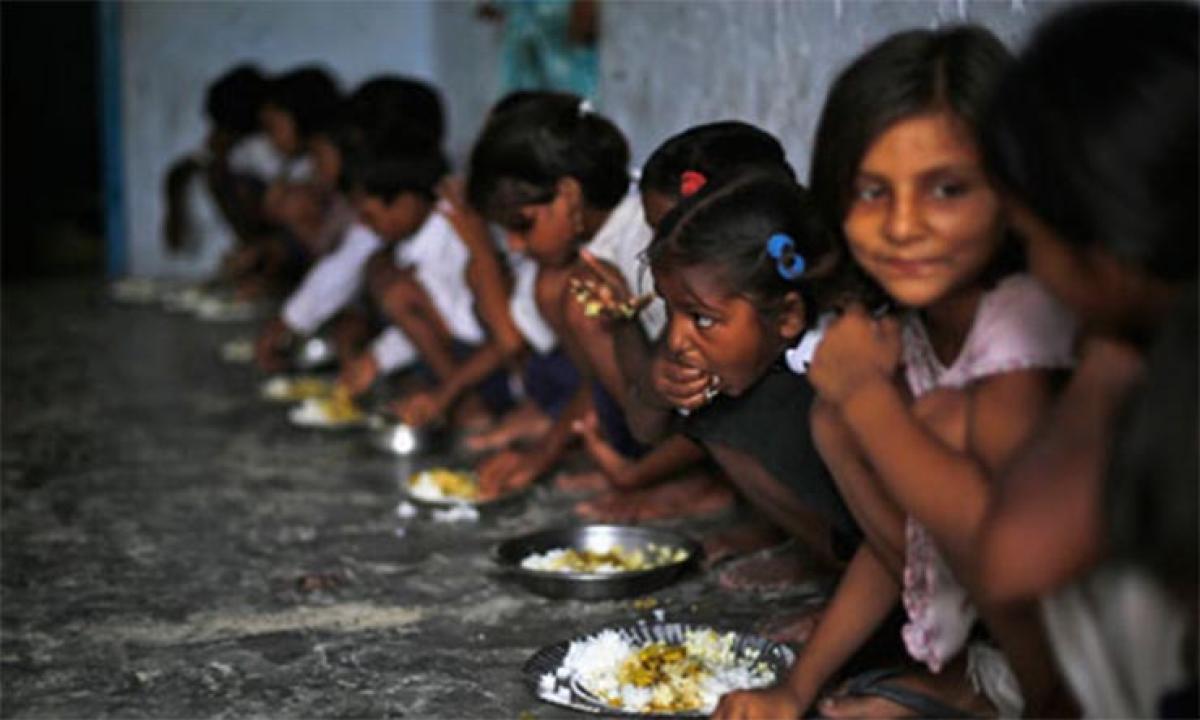Live
- Passed exam of democracy: Soren
- Politics of lies defeated: Modi
- Ruling parties hold sway in bypolls
- Returnable plots allotted to Amaravati farmers
- Godavari to quench Hyderabad thirst
- Nov 30 last date for submissions for Governor’s Award
- Do not collect pictures as trophies
- AP to receive rains as low Pressure in Bay of Bengal to turn depression
- Officials told to focus on popularising welfare schemes
- California’s educational escapes for families on the go
Just In
1 in 3 children with influenza at risk of serious health complications


Influenza, commonly known as flu, is a viral infection that attacks respiratory system — nose, throat and lungs. Influenza impacts people of all ages but can be life threatening for children and those with weakened immune systems. Influenza occurs globally with an annual attack rate estimated at 5 per cent–10 per cent in adults and 20 per cent –30 per cent in children.
Influenza, commonly known as flu, is a viral infection that attacks respiratory system — nose, throat and lungs. Influenza impacts people of all ages but can be life threatening for children and those with weakened immune systems. Influenza occurs globally with an annual attack rate estimated at 5 per cent–10 per cent in adults and 20 per cent –30 per cent in children.
According to a recent published data, it contributes to around 5-10 per cent of all Acute Respiratory Infections (ARI) in India. The reported incidence of influenza URI was found to be 10/ 100 child years. Flu viruses travel through the air in droplets when someone with the infection coughs, sneezes or talks.

One can inhale the droplets directly, or can pick up the germs from an object — such as a telephone or computer keyboard — and then transfer them to eyes, nose or mouth. People with the virus are likely contagious from the day before symptoms first appear until five to 10 days after symptoms begin
Common symptoms include a high fever (101ºC-102ºC) that begins suddenly, muscle/body aches, chills, tiredness, and sudden onset. Influenza frequently causes people to miss school and work but in some cases there are severe complications such as pneumonia.
Dr P Sudhershan Reddy, chairman, Krishna Hospital, speaking at NKM’s Grand on Thursday, said, “Children can be key spreaders in a population since they are in frequent contact with each other as well as family members, are more susceptible to influenza infection than adults, and can shed greater amounts of virus for longer periods of time. Children aged 4–6 years have the highest transmission potential.”
Transmission of epidemic seasonal influenza in school settings well documented and can be explosive and fast moving, affecting a sizeable proportion of students and staff – contact with a sick person, sharing a classroom with a sick person, staying in the hostels, school-related activities involving large gatherings.
Influenza is responsible for significant morbidity and mortality in children. Attack rates of influenza during annual epidemics are consistently highest in children. As per Centre for Disease Control and Prevention (CDC), 90 per cent of paediatric deaths occurred in unvaccinated children in past years.
Dr P Sudhershan Reddy says, “Children are the future of any nation but heavy burden of Influenza may impair their daily life. They miss school and also become very weak. When we have vaccinations to prevent flu at right time then why not?” The best way to protect against influenza is to receive an influenza vaccination.
“Children are more prone to get influenza as they don’t care of themselves and neither do they take precautions. It’s the duty of parents to let their child live healthy and fit. It is recommended that everyone six months of age and older receive an annual vaccination.” Vaccination is now available in 2 forms ie nasal and injectable. However nasal vaccine has a better protective ability than the injection against influenza.

© 2024 Hyderabad Media House Limited/The Hans India. All rights reserved. Powered by hocalwire.com






